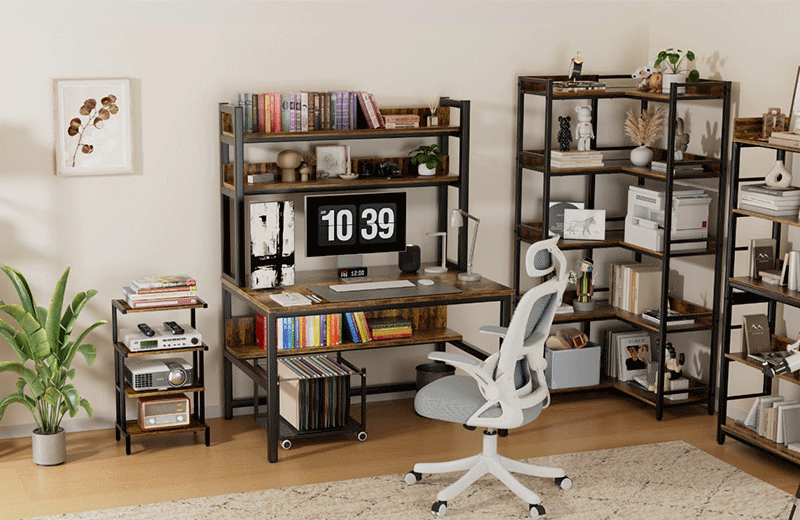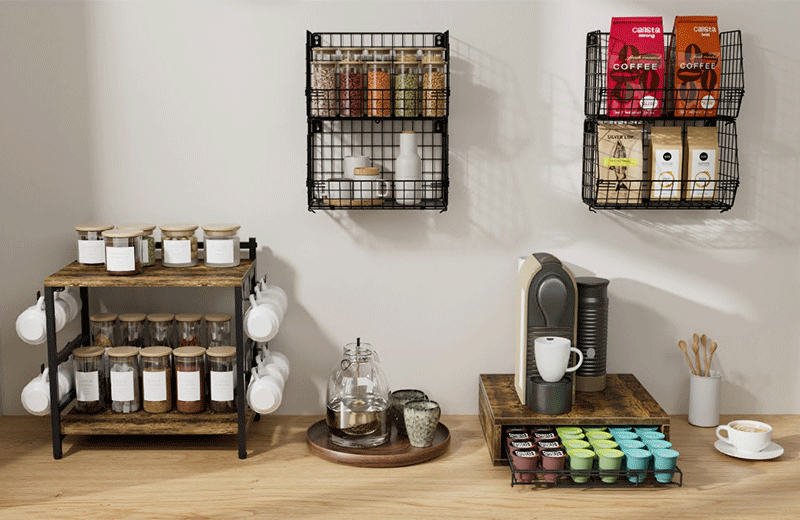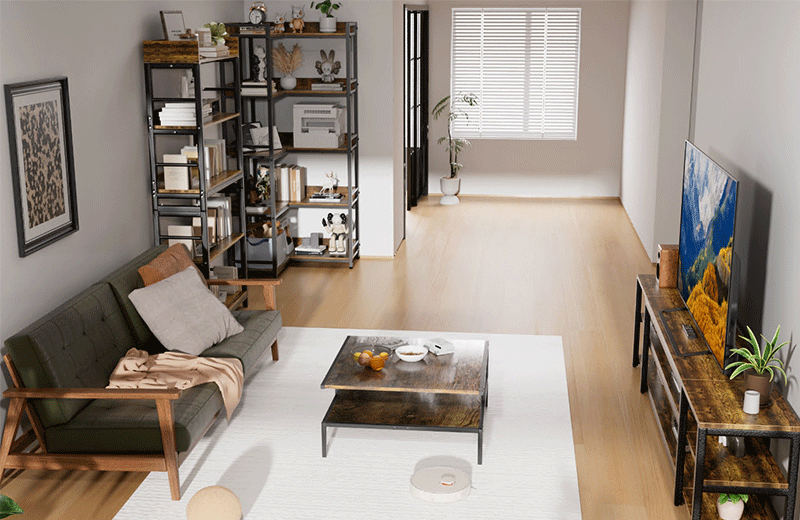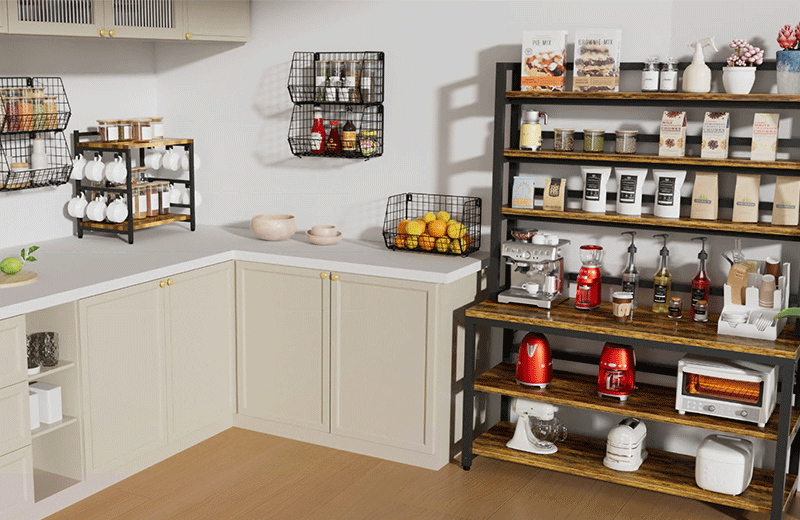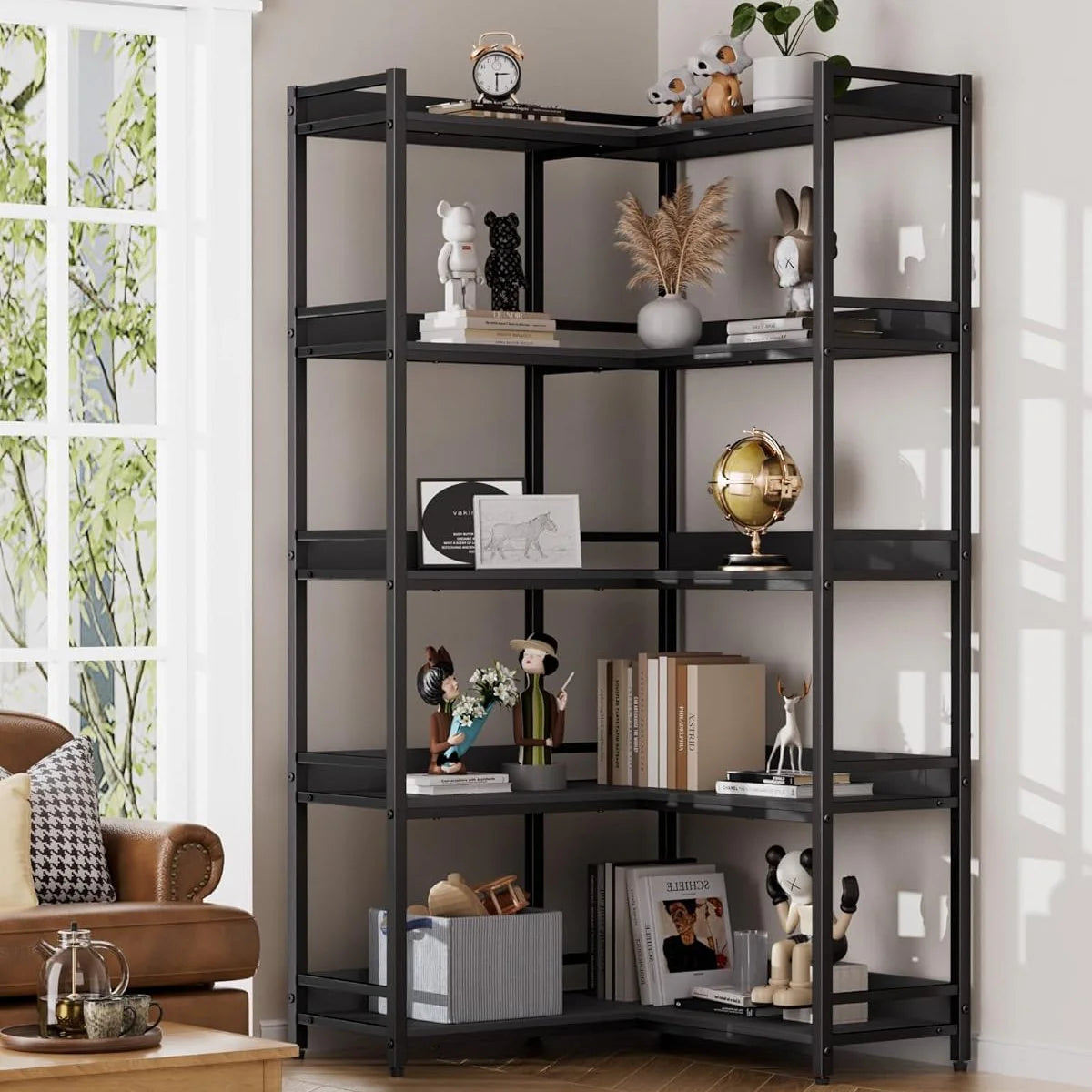Building a corner bookcase is a practical and aesthetically pleasing way to maximize space in any room, especially in smaller apartments or homes where every inch counts. A corner bookshelf not only provides additional storage for your books, media, and decorative items but also adds functionality and style to your living space. However, choosing the right materials for your project is crucial to ensure durability, stability, and aesthetic appeal. In this article, we’ll explore some of the best materials for building a corner bookcase, weighing their pros and cons to help you make an informed decision.
1. Wood: The Classic Choice
Wood is perhaps the most traditional and widely used material for building bookcases. Its natural beauty, strength, and versatility make it an excellent choice for a corner bookshelf.
Types of Wood:
- Pine: Pine is a softwood that is widely available and relatively inexpensive. It’s easy to work with and can be stained or painted to match any decor. However, pine is less durable than hardwood and may warp or scratch more easily over time.
- Oak: Oak is a hardwood that offers superior strength and durability. It has a rich, grainy texture that adds to its aesthetic appeal. Oak is more expensive than pine but holds up well to wear and tear, making it a good long-term investment.
- Maple and Birch: These hardwoods are also durable and have a smooth, even texture that is ideal for staining. They are slightly more expensive than oak but offer a refined look that can complement modern or traditional interiors.
- Plywood: Plywood is made from layers of thin wood veneer glued together. It’s strong, stable, and less prone to warping than solid wood. It’s also more affordable and easier to cut and shape. However, plywood may not have the same aesthetic appeal as solid hardwood.
Pros:
- Natural beauty and warmth.
- Wide variety of species and finishes.
- Good strength-to-weight ratio.
- Easy to work with and customize.
Cons:
- Can be prone to warping and scratching, especially softwoods like pine.
- More expensive than some alternative materials.
- Requires regular maintenance (e.g., sanding and refinishing).
2. Medium-Density Fiberboard (MDF)
MDF is an engineered wood product made from fine wood fibers pressed together with resin and formed into sheets. It’s a cost-effective alternative to solid wood and offers a smooth, even surface that is ideal for painting.
Pros:
- Cost-effective.
- Smooth, paintable surface.
- More stable and less prone to warping than natural wood.
- Consistent texture and appearance.
Cons:
- Not as durable as solid wood; can chip or dent easily.
- Not as strong as plywood; may sag under heavy loads.
- Emits formaldehyde during and after manufacturing, which can be a health concern.
3. Particleboard
Particleboard, also known as chipboard, is made from wood chips or shavings bonded together with adhesive. It’s less expensive than solid wood or MDF but has limited durability.
Pros:
- Very cost-effective.
- Smooth surface suitable for veneering or laminating.
- Lightweight and easy to handle.
Cons:
- Not as strong or durable as other materials; prone to sagging and breaking.
- Poor moisture resistance; can swell and warp if exposed to water.
- Emits formaldehyde and other volatile organic compounds (VOCs).
4. Metal
Metal bookcases, particularly those made from steel or aluminum, offer a modern, industrial look. They are highly durable and resistant to warping and pests.
Pros:
- Extremely durable and long-lasting.
- Resistant to warping, pests, and moisture.
- Sleek, modern aesthetic.
- Lightweight yet strong.
Cons:
- Can be prone to rust if not properly coated or finished.
- Limited design flexibility; may not match traditional decor.
- Potentially noisy if not properly padded or insulated.
5. Laminated Particleboard or MDF
Laminated particleboard or MDF combines the cost-effectiveness of engineered wood with the durability and aesthetic appeal of a veneered or laminated surface.
Pros:
- Cost-effective yet durable.
- Wide range of finishes and colors available.
- Smooth, even surface that is easy to clean.
- Resistant to scratches and stains.
Cons:
- Not as strong as solid wood or plywood.
- Edge banding can peel or chip over time.
- Emits VOCs, especially if the laminate is not of high quality.
6. Glass and Metal Combinations
Combining glass with metal creates a sleek, contemporary look that is both stylish and functional. Glass shelves are transparent, making it easy to see and access your books and decor.
Pros:
- Modern, sleek aesthetic.
- Open and airy, making small spaces feel larger.
- Easy to clean and maintain.
- Durable and resistant to pests and moisture.
Cons:
- Glass shelves can break if dropped or subjected to excessive force.
- Not as strong as solid materials; may sag under heavy loads.
- Fingerprints and dust can be visible on glass surfaces.
7. Plastic
Plastic bookcases are lightweight, inexpensive, and easy to assemble. They are often used in children’s rooms or temporary living spaces.
Pros:
- Very lightweight and easy to move.
- Inexpensive and easy to assemble.
- Wide range of colors and designs available.
- Resistant to pests and moisture.
Cons:
- Not as durable as wood or metal; prone to scratching and fading.
- Limited load-bearing capacity.
- May not have the same aesthetic appeal as other materials.
Conclusion
When choosing the best materials for building a corner bookcase, consider your budget, design preferences, and the functional needs of the space. Wood, especially hardwood species like oak or maple, offers a classic look and excellent durability but comes at a higher cost. Engineered woods like MDF and particleboard are more affordable but may not have the same strength or aesthetic appeal. Metal and glass combinations provide a modern, sleek look that is highly durable but may not match traditional decor. Plastic bookcases are lightweight, inexpensive, and easy to assemble but lack the durability and aesthetic appeal of other materials.
Ultimately, the best material for your corner bookcase will depend on your specific needs and preferences. By weighing the pros and cons of each option, you can make an informed decision that will result in a beautiful, functional piece of furniture that enhances your living space.

